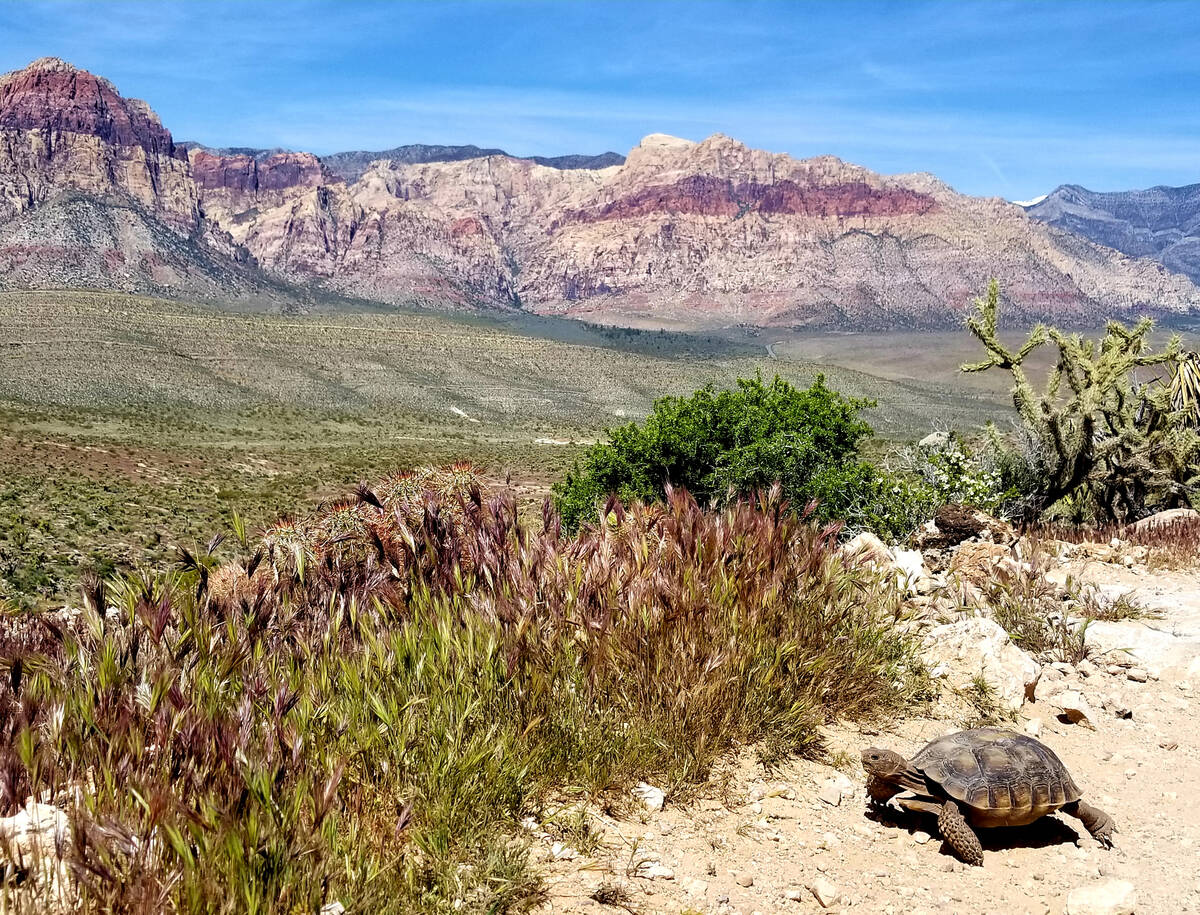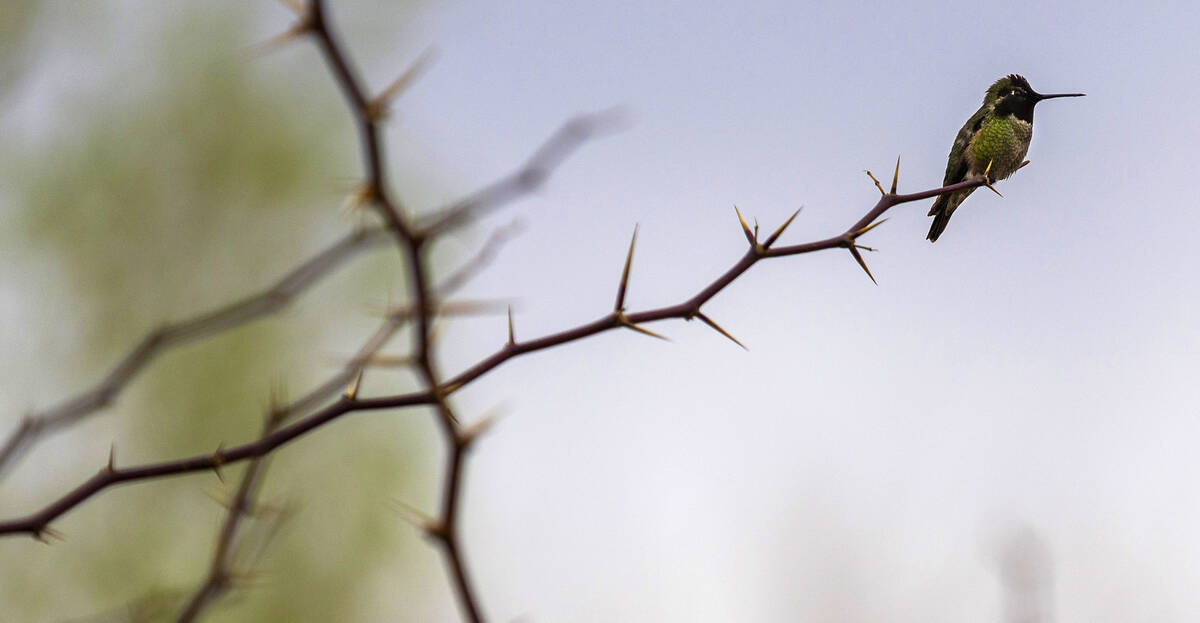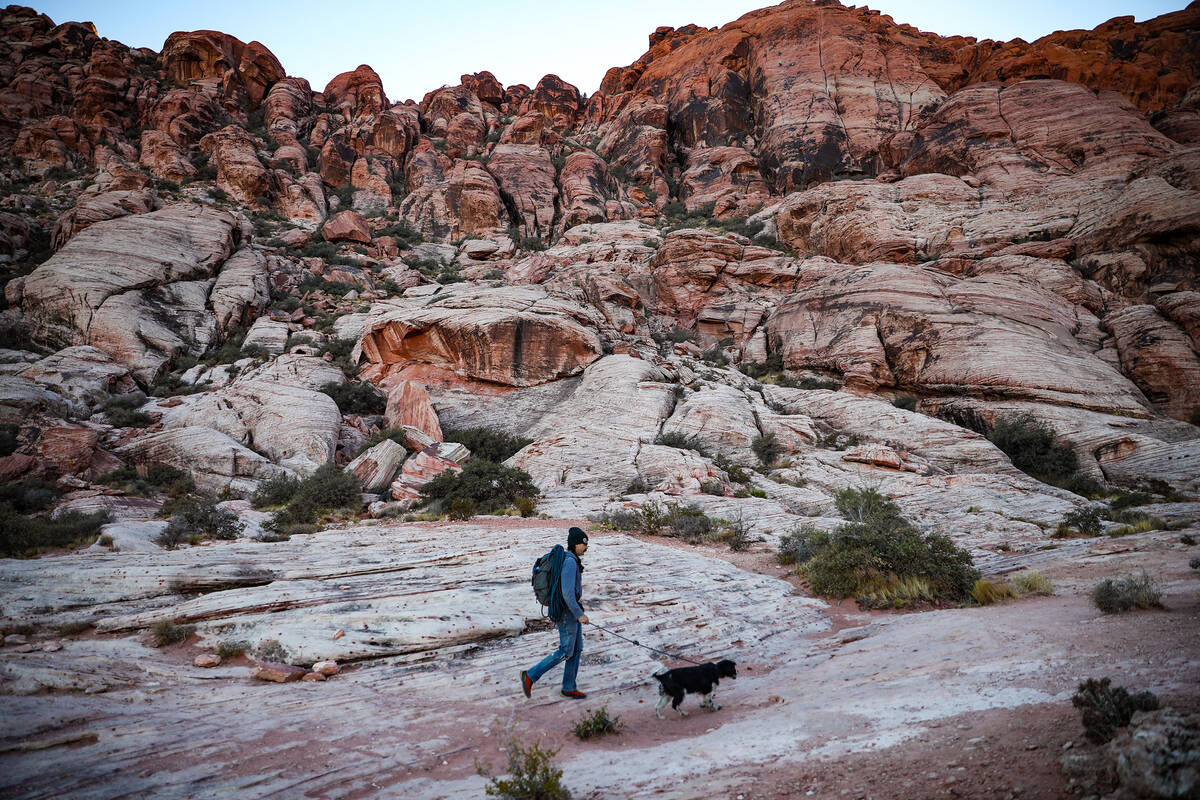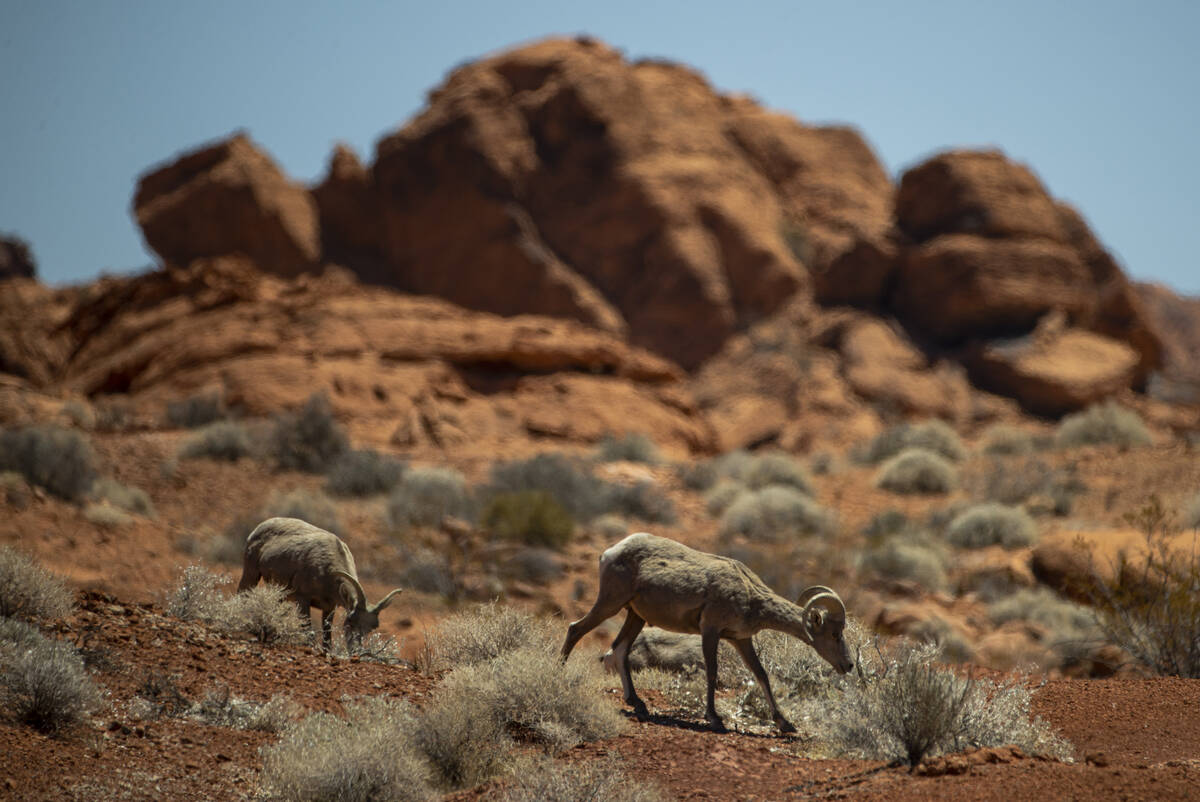Practicing mindfulness in nature offers wealth of health benefits
When you think of spending time outside, what do you imagine? Perhaps you think of recreation like hiking, biking, or climbing, or maybe just walking from one place to another. But what about doing nothing but noticing the sights and sounds of nature?
As it turns out, spending time intentionally slowing down, practicing mindfulness and just being in nature has a wealth of well-being benefits, most notably decreasing stress and increasing feelings of calmness and interconnection.
Here are some mindfulness practices to try the next time you go outside.
What is mindfulness?
Mindfulness is having its time in the spotlight as a popular tool in therapeutic practices like mindfulness-based stress reduction, but it is rooted in Buddhist meditation practices. Simply put, mindfulness is the practice of paying attention to the present moment without judging the thoughts, feelings and sensations that arise internally.
How often have you walked somewhere on autopilot and don’t remember the walk itself? This is a perfect example of not being mindful, of not noticing your attention flowing between past and future, between thoughts and feelings.
You can choose to practice mindfulness at any moment just by noticing where your attention is drifting and gently returning it to the present moment and tuning into your five senses.
Why nature?
Nature is the perfect anchor for mindfulness because we are so often tapping into our sensory experiences outside, such as when we listen to birdsong or touch the bark of a tree. And like us, nature is always changing, full of real-world examples of growth, loss, strength and more. Practicing mindfulness in nature helps us be more embodied and present, and for those just beginning mindfulness, it may be easier to connect to the practice outside.
You might want to get started by finding a “sit spot” to practice in. A sit spot refers to a place you return to consistently, such as a local park, your backyard or along a specific hiking trail. You want to find a space where you can sink into your practice, so seek out a quiet, reflective place to observe the changing days and ultimately the changes in yourself as you deepen your practice.
Mindful breathing
If we’re not breathing, we are not alive. Yet we spend most of the day unaware of our breath, perhaps breathing shallow or feeling a heaviness in our chest.
Mindful breathing invites us to slow down and pay attention to the life-giving force of our breath. You can incorporate mindful breathing into all of your mindfulness practices as a foundation for tuning into the present.
While walking, listening, stretching or watching wildlife, the best way to begin mindful breathing is by simply noticing your natural breath pattern. Notice when you inhale and exhale, and how long you’re holding your breath.
To bring yourself into your body and the present moment, you may want to try specific breathing techniques.
Box breathing is one technique known to activate your parasympathetic nervous system and trigger feelings of calmness and relaxation. This is done by breathing in, holding the in-breath, breathing out and holding the out-breath each to a count of four — as if you are drawing a box.
If a four-count breath doesn’t feel good, you can try six-count breathing — in for six seconds, holding for one or two seconds, and out again for another six seconds. Imagine filling your belly and lungs with air, and letting it out with a full-body exhale.
If it’s uncomfortable to breathe in either of these patterns, don’t force it. Find what rhythm fills your lungs, lets go of stress and ultimately works best for you.
Mindful walking
When was the last time you noticed your feet while you were walking? Or that you were even walking at all?
We often move to get from one place to another, time-traveling in our minds between the past and the future, without paying much attention to the gift of feeling the ground beneath us, or the gift that we are able to move. But when we slow down for mindful walking, we can feel our steps and become aware of our body and breath, deepening our connection to the present moment.
With so much to observe in the sky, the earth, the plants and the wildlife, nature invites us to slow down while walking and meander without an agenda to take in beauties and wonders.
An additional benefit to mindful walking, besides slowing down and noticing more of the present moment, is that it often allows us to share the company of wildlife without scaring them away. The next time you see a bird or a rabbit and want to get a closer look, try walking slowly and mindfully. Sometimes animals are less afraid when you move intentionally because you are not making sudden movements.
Try this mantra to get started on your next walk outside: Stepping with my right foot, I breathe in. Stepping with my left foot, I breathe out.
Mindful listening
Vision is the strongest sense for most people, and in nature there are certainly plenty of colors and patterns to see. But when you leave so much to sight, other sensory experiences take a back seat. We live in a world of sound, and mindful listening invites us to slow down and listen deeply.
Since nature is known for its healing sounds like moving water, birdsong, and wind rustling the leaves, getting started outside can help you feel grounded and relaxed.
You may want to find a comfortable place outside to sit or stand where you feel safe to close your eyes or lower your gaze. By taking your vision “offline,” it is easier to tune into the soundscape. Then, you can practice mindful listening in a couple of different ways.
One way is to direct your attention to all the noises around you, both natural and manmade. Let all the sounds come and go into and out of your awareness, trying not to judge which sounds you prefer. You can always return to your breath or your intention of deep listening as an anchor if and when your mind starts to wander.
Another way to practice is to select one specific sound as your anchor, and direct all of your attention to it. Notice how natural sounds make you feel in your mind and body. Do you feel calmer, more connected?
Mindful birding
Odds are that wherever you are in the Las Vegas Valley, there is a bird nearby. With about 25 species of common urban birds, there is no shortage of connection to the avian world throughout the city.
Do you remember the last bird you saw? Observing birds is known to decrease stress and anxiety, and birds are a perfect way to anchor your attention onto something in nature. Not only that, but birdsong is soothing, and in the springtime, many urban birds like house finches and mockingbirds will be singing to attract mates.
As you listen to birds, notice the syllables and rhythm of their songs. And if you see a bird, try to notice its colors and patterns in close detail, paying attention to how it moves and behaves.
If you can’t identify the bird species, that is OK — mindful birding is all about sinking into the moment and deeply observing. What birds do you notice as you go about your day?
Begin again
A study published in the Harvard Gazette found that the human mind wanders about 47 percent of the time throughout the day, so if you find yourself distracted by thoughts and feelings, you are not alone.
Just as nature is constantly renewing itself, so too can we begin again — pause, take another breath, notice something you can hear or see, and be there for yourself with gratitude and compassion.
Consider incorporating these outdoor mindfulness practices into your daily routine for just a few minutes every day, and treat every moment as a chance to connect to the natural world.
















